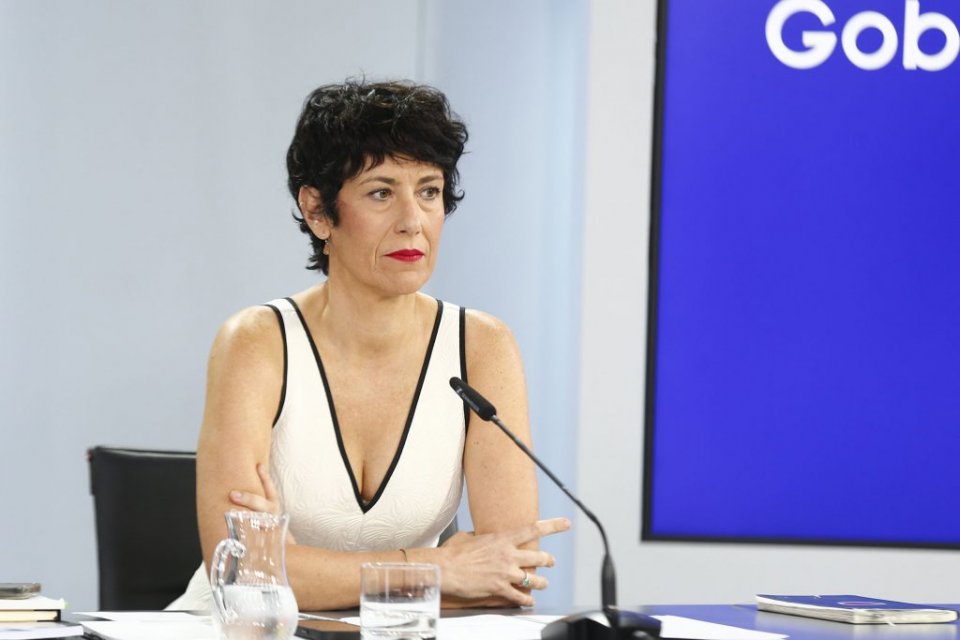After a backlash from employers, trade unions and several parliamentary groups, Spain’s Minister for Inclusion, Social Security and Migration, Elma Saiz (main image), has bowed to public pressure and scrapped the across-the-board hike in self-employed Social Security contributions planned for next year.
In fact, the U-turn is so sweeping that the highest earners would now face smaller rises than those proposed just a week ago for the lowest-income workers.
On Monday, the minister unveiled a fresh proposal that rewrites the document presented at last week’s negotiations – talks that ended with unanimous rejection of the initial plan. The central government’s revised text freezes contributions for roughly one in three self-employed workers – those on the lowest incomes – and raises the rest by between €2.50 and €14.75 per month.
Specifically, the new draft keeps the first three income/contribution brackets at the bottom of the two tables (the so-called ‘reduced table’) unchanged, meaning all self-employed people earning under €1,166.70 per month will not pay more next year.
This affects about a third of the group overall, since this reduced table accounts for around 36% of Spain’s self-employed – over 1.3 million people – according to 2023 ministry data.
Only a week ago, the Social Security Ministry had proposed a general increase in 2026 for more than 3.5 million autónomos, ranging from at least €11 a month up to €206. Paradoxically, that rise hit the lowest earners hardest, with a €17 monthly increase for those on up to €670 in net income, as they currently pay the least (€200 a month).
Under the new approach, those with net monthly incomes between €670 and €900 will continue to pay a minimum of €220. Workers earning above €900 and up to €1,166.70 will also see their current €260 contribution kept in place in 2026.
These three brackets will thus remain frozen at €200, €220 and €260, respectively. It is important to note that this proposal only covers the next fiscal year, 2026, and, unlike the original plan, does not set contribution levels for the two subsequent years.
By contrast, the remaining cohort – around 2.2 million self-employed people earning more than €1,166 per month – would see contributions go up by just 1% to 2.5%, i.e., between €2.50 and €14.75 per month. That is a far cry from the more than €200 per month floated in last week’s initial proposal.
Concretely, outside the three frozen brackets in the reduced table, the government proposes in 2026 a 1% rise for levels 1, 2 and 3 of the general table (from €1,166 to €1,700 in net income), while levels 4/5/6 (€1,700 to €2,330) would increase by 1.5%.
For levels 7, 8 and 9 (€2,330 to €3,620 in monthly net income), the ministry proposes a 2% increase. Finally, for levels 10 to 12 (€3,620 to over €6,000), the rise would be 2.5%, implying a maximum uptick of €14.75 per month – 14 times lower than the proposal made a week earlier.
Elma Saiz acknowledged in an interview on Monday with El País newspaper that, if she does not receive parliamentary backing in the Spanish Congress, all self-employed contribution quotas will be frozen for the coming year, since this law requires parliamentary support, which it is currently lacking.
Subscribe to the Weekly Newsletter from Spain in English.
🔴 La ministra @SaizElma explica una nueva propuesta para la cotización de #autónomos:
✅ Congelación de los 3 tramos con tarifa reducida
✅ Incremento progresivo entre el 1% el 2,5%, para el resto
🎙️”Una propuesta basada en la progresividad, la escucha y el contexto actual” pic.twitter.com/pIKm7Lk9Cu
— Ministerio Inclusión Seguridad Social Migraciones (@inclusiongob) October 20, 2025
Click here to get your business activity or services listed on our DIRECTORY.


